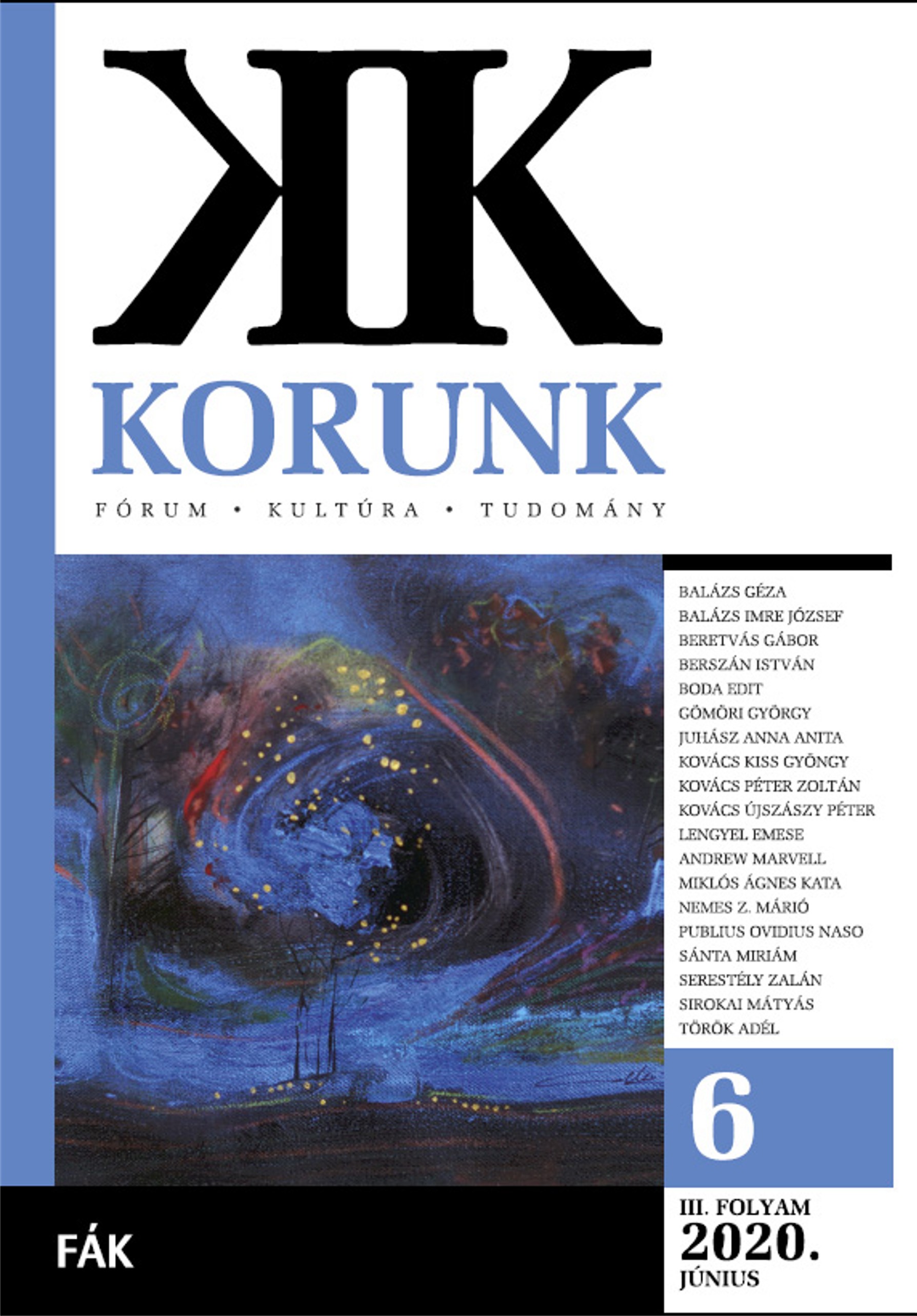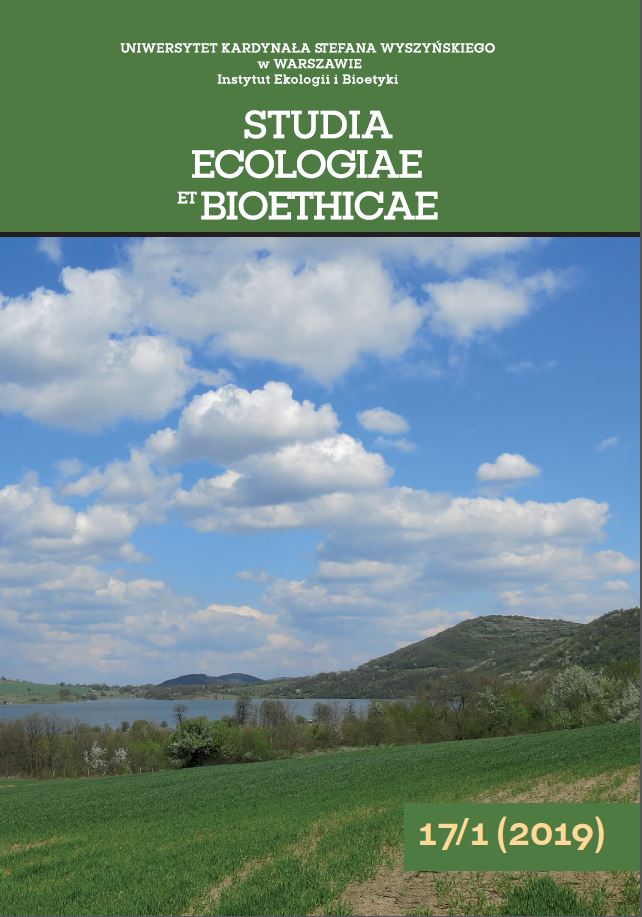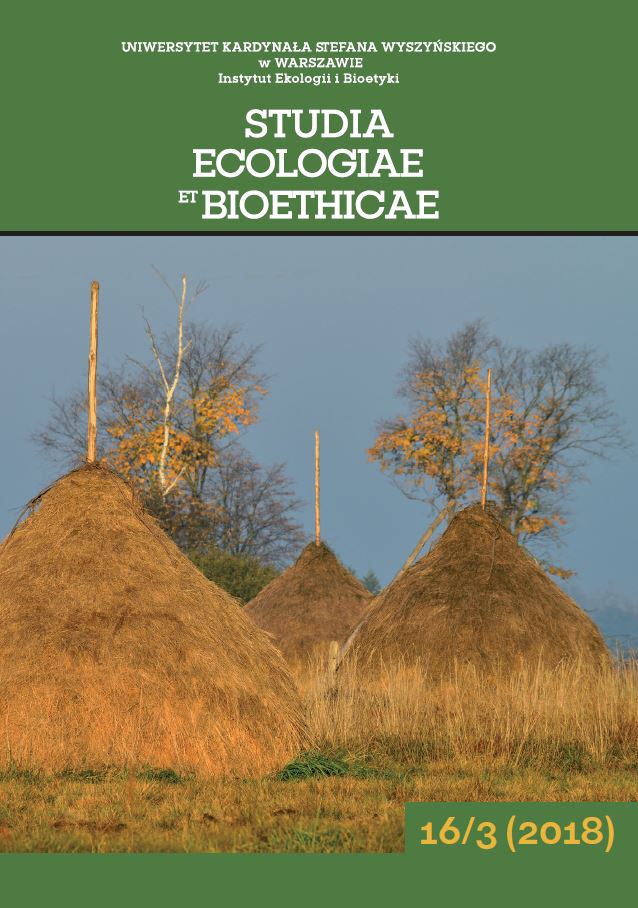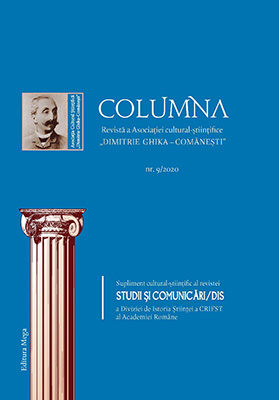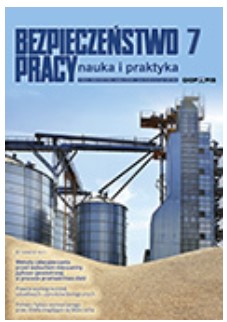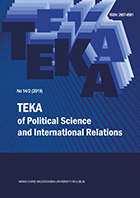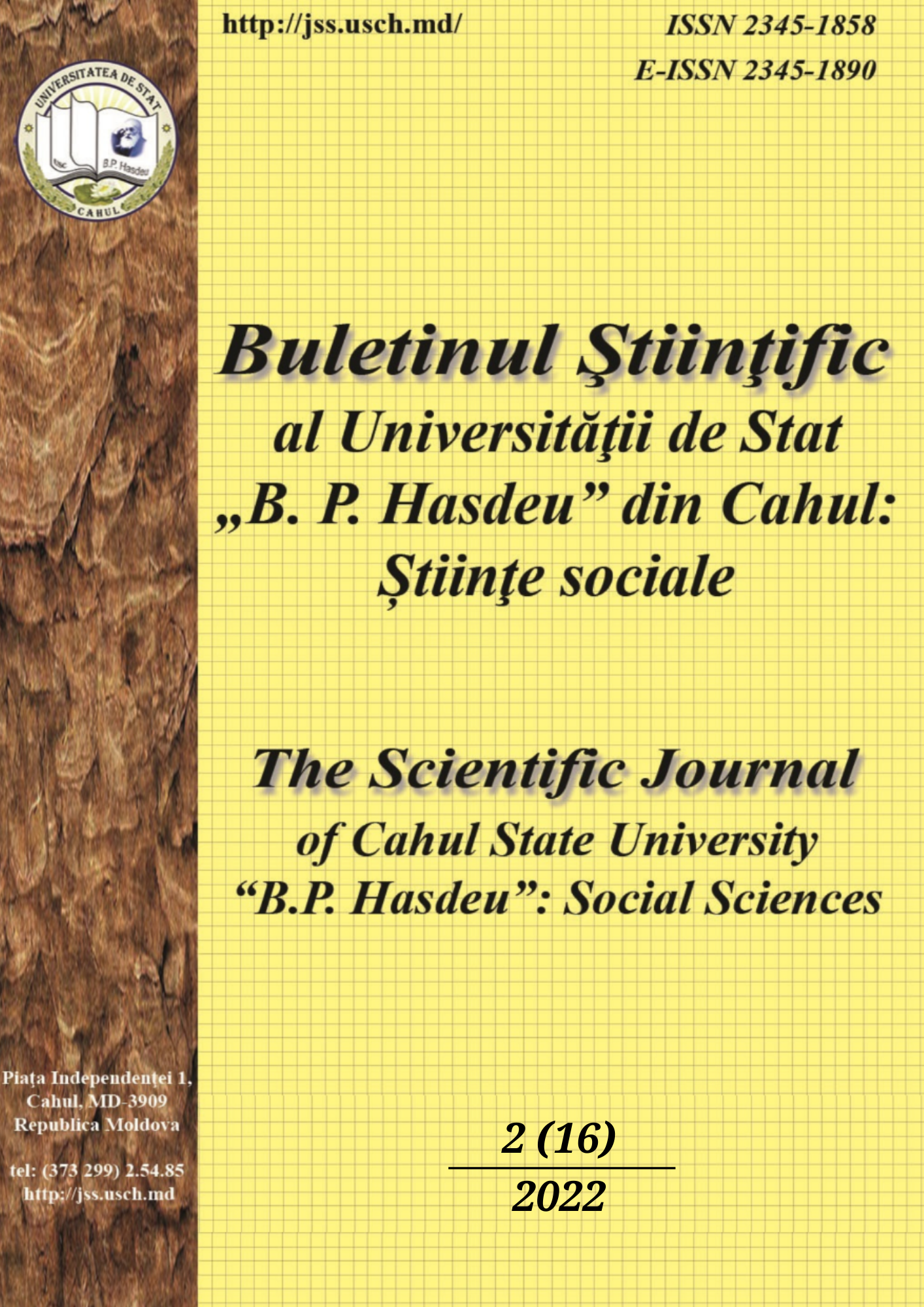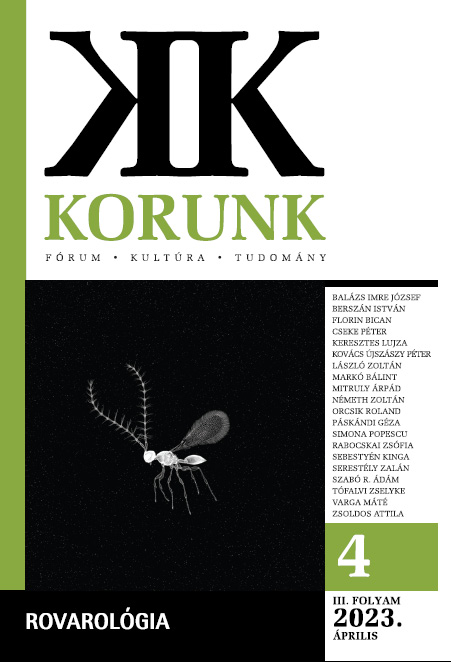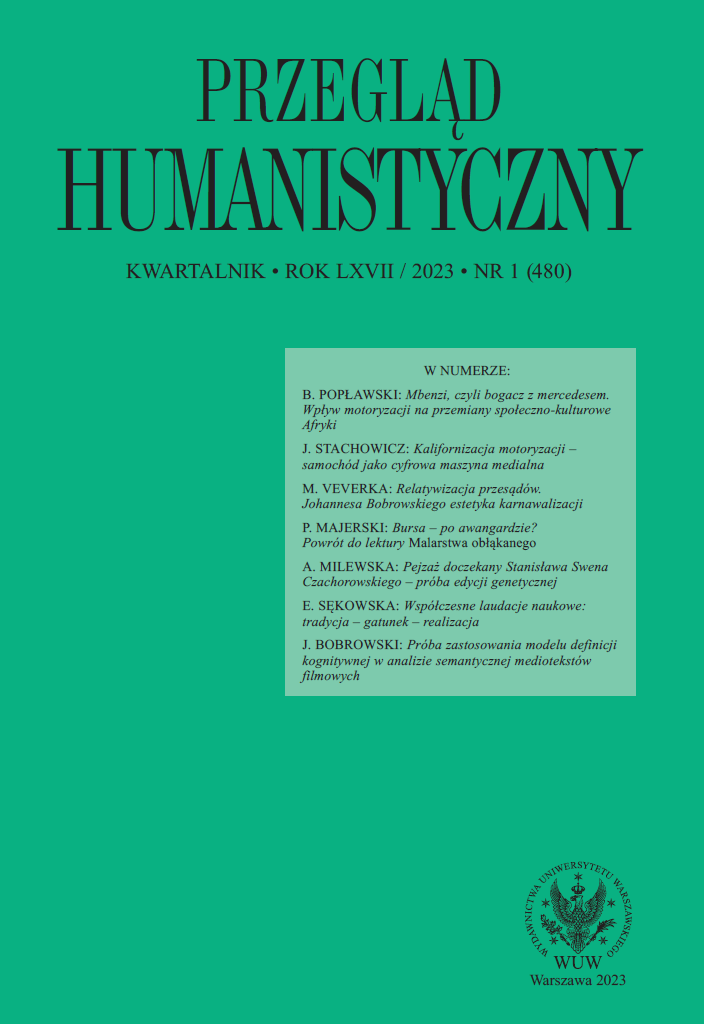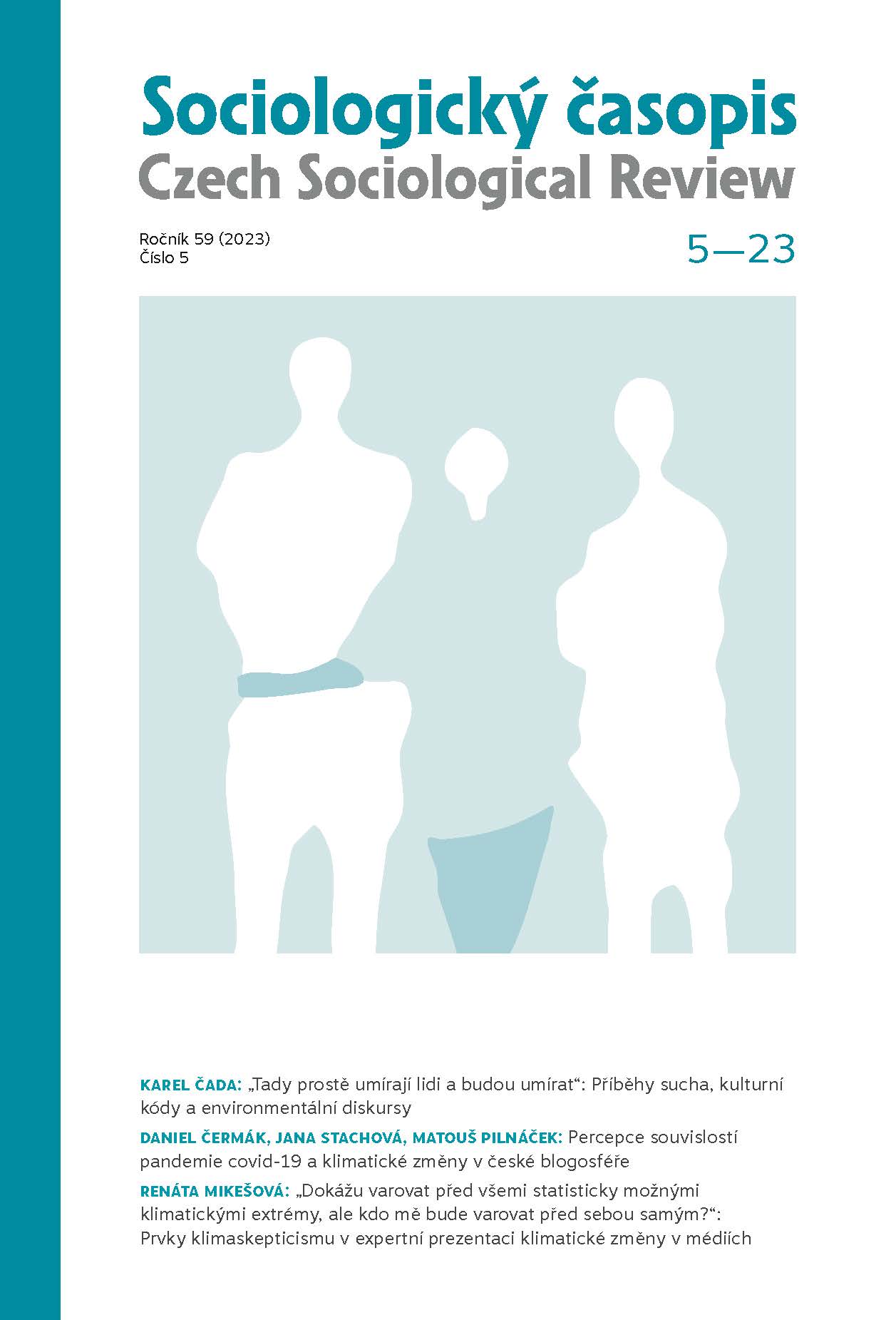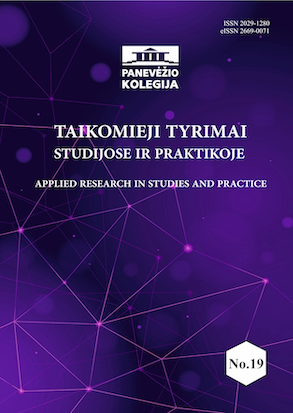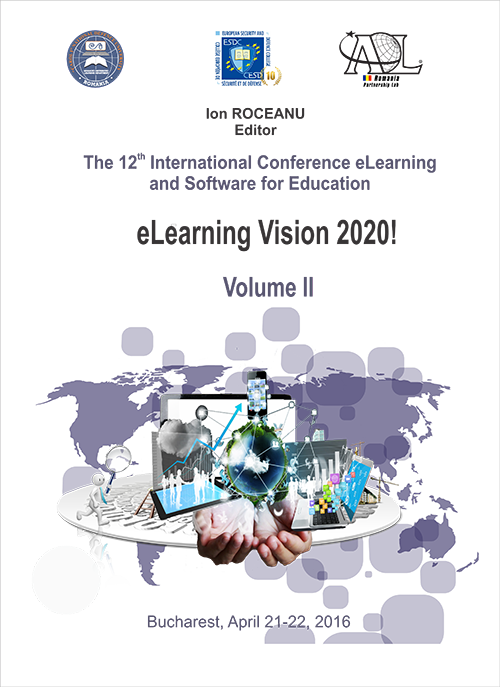
LEARNING FROM NATURE: NATURE-INSPIRED ALGORITHMS
During last decade, the nature has inspired researchers to develop new algorithms. The largest collection of nature-inspired algorithms is biology-inspired: swarm intelligence (particle swarm optimization, ant colony optimization, cuckoo search, bees’ algorithm, bat algorithm, firefly algorithm etc.), genetic and evolutionary strategies, artificial immune systems etc. Well-known examples of applications include: aircraft wing design, wind turbine design, bionic car, bullet train, optimal decisions related to traffic, appropriate strategies to survive under a well-adapted immune system etc. Based on collective social behaviour of organisms, researchers have developed optimization strategies taking into account not only the individuals, but also groups and environment. However, learning from nature, new classes of approaches can be identified, tested and compared against already available algorithms. This work reviews the most effective nature-inspired algorithms and describes learning strategies based on nature oriented thinking. Examples and the benefits obtained from applying natureinspired strategies in test generation, learners group optimization, and artificial immune systems for learning are given.
More...
